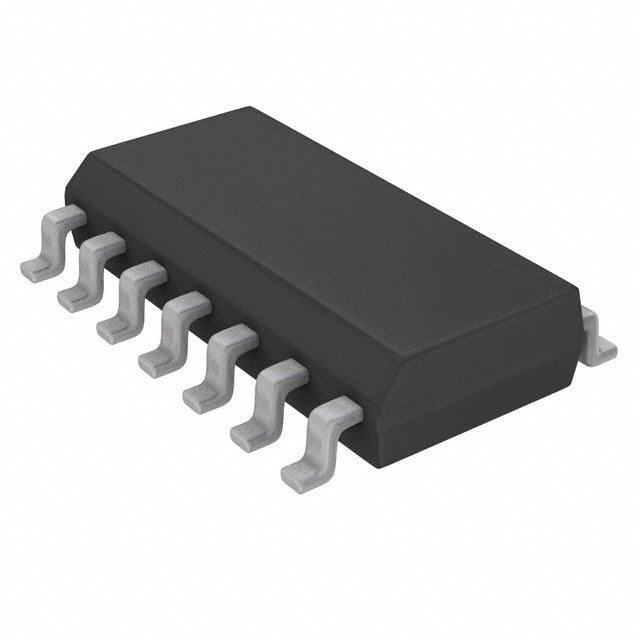Description
Features:
• True single chip transceiver
• Digital bit synchronizer
• Received signal strength indicator (RSSI)
• RX and TX power management
• Power down function
• Reference crystal tuning capabilities
• Basedband shaping
• Three-wire programmable serial interface
• Register read back function
Application
• Telemetry
• Remote metering
• Wireless controller
• Remote data repeater
• Remote control systems
• Wireless modem
• Wireless security system
Specifications
Supply Voltage (VDD).....................................................+3.3V
Voltage on any pin (GND = 0V).......................... -0.3V to 2.7V
Lead Temperature (soldering, 4sec.).......................... TBD°C
Storage Temperature (Ts) ........................ -55°C to +150°C
EDS Rating(3)................................................................... 2kV
Description
The MICRF506 is a true single-chip, frequency shift keying (FSK) transceiver intended for use in half-duplex, bidirectional RF links. The multi-channeled FSK transceiver is intended for UHF radio equipment in compliance with the European Telecommunication Standard Institute (ETSI) specification, EN300 220.
The transmitter MICRF506consists of a PLL frequency synthesizer and power amplifier. The frequency synthesizer consists of a voltage-controlled oscillator (VCO), a crystal oscillator, dual modulus prescaler, programmable frequency dividers, and a phase-detector. The loop-filter is external for flexibility and can be a simple passive circuit. The output power of the power amplifier MICRF506 can be programmed to seven levels. A lock-detect circuit detects when the PLL is in lock. In receive mode, the PLL synthesizer generates the local oscillator (LO) signal. The N, M, and A values that give theLO frequency are stored in the N0, M0, and A0 registers.
The receiver MICRF506 is a zero intermediate frequency (IF) type which makes channel filtering possible with low-power, integrated low-pass filters. The receiver MICRF506 consists of a low noise amplifier (LNA) that drives a quadrature mix pair. The mixer outputs feed two identical signal channels in phase quadrature. Each channel includes a pre-amplifier, a third order Sallen-Key RC low-pass filter that protects the following switched-capacitor filter from strong adjacent channel signals, and a limiter. The main channel filter of MICRF506 is a switched-capacitor implementation of a six-pole elliptic low pass filter. The cut-off frequency of the Sallen-Key RC filter can be programmed to four different frequencies: 100kHz, 150kHz, 230kHz, and 340kHz. The I and Q channel outputs are demodulated and produce a digital data output. The demodulator detects the relative phase of the I and the Q channel signal. If the I channel signal lags behind the Q channel, the FSK tone frequency is above the LO frequency (data '1'). If the I channel leads the Q channel, the FSK tone is below the LO frequency (data '0'). The output of the receiver is available on the DataIXO pin. A receive signal strength indicator (RSSI) circuit indicates the received signal level. All support documentation can be found on Micrel's web site at www.micrel.com.

 MICRF506 Data Sheet
MICRF506 Data Sheet







